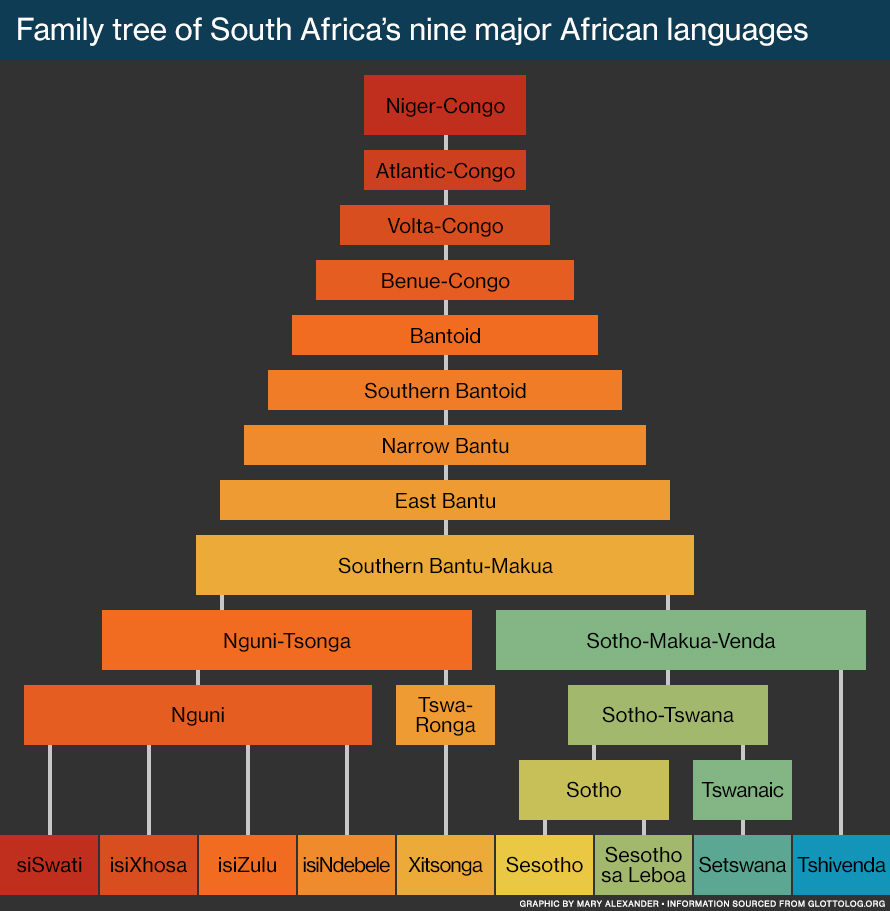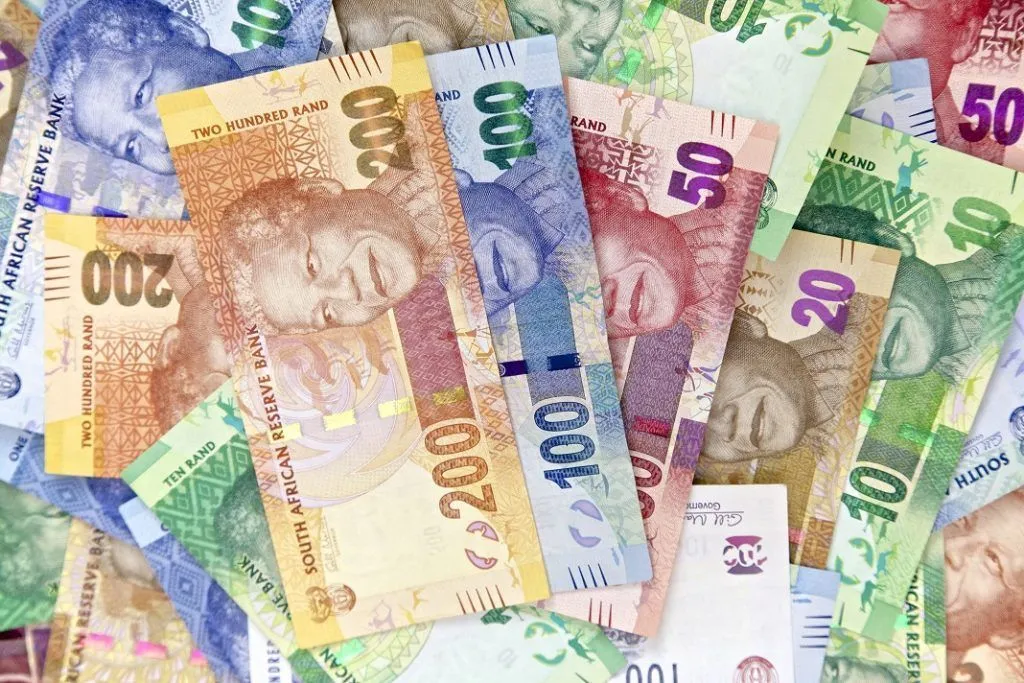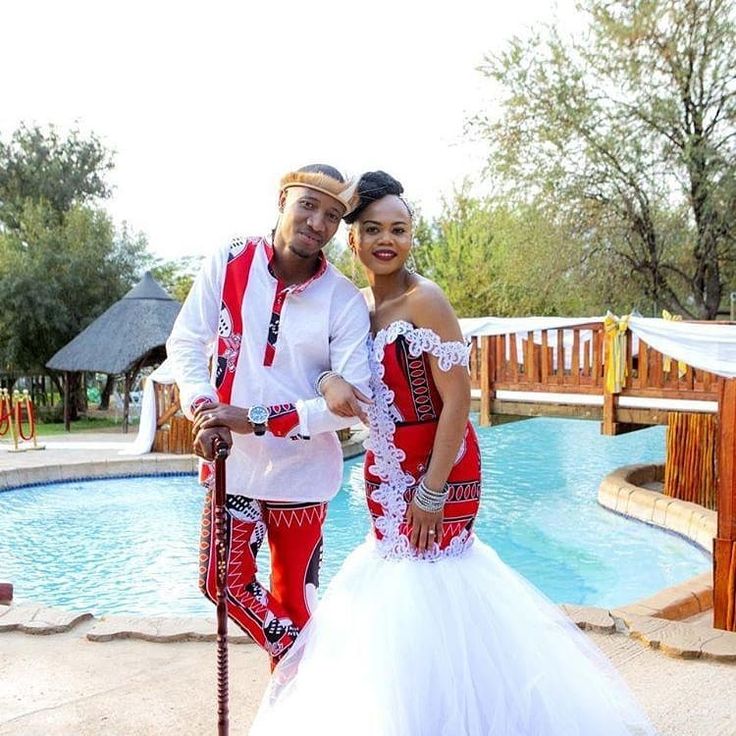Exploring South Africa: Reasons for 3 Capitals, 11 Official Languages, Diverse Religions, and the Rand (ZAR) Currency
The government is structured into three branches: legislative, executive, and judicial. Cape Town serves as the legislative center and the seat of Parliament. Pretoria is home to the executive branch, housing the Cabinet and the President. Bloemfontein functions as the judicial branch, serving as the base for the Supreme Court of Appeal.
- Pretoria (Tshwane) – Administrative Capital:
- Pretoria, located in the northern part of Gauteng Province, serves as the administrative capital of South Africa.
- Many government offices and departments are headquartered in Pretoria, including the Office of the President, various ministries, and government agencies.
- The Union Buildings in Pretoria house the official seat of the South African government and the offices of the President.
- Pretoria’s status as the administrative capital dates back to the founding of the Union of South Africa in 1910.
- Cape Town – Legislative Capital:
- Cape Town, located in the Western Cape Province, serves as the legislative capital of South Africa.
- The Parliament of South Africa, consisting of the National Assembly and the National Council of Provinces, is located in Cape Town.
- Cape Town has a rich historical significance as it was the site of the first European settlement in South Africa and served as the legislative center during the colonial and apartheid eras.
- The decision to have Cape Town as the legislative capital was made to honor the historical significance of the city and to symbolize the country’s commitment to democracy and inclusivity.
- Bloemfontein – Judicial Capital:
- Bloemfontein, located in the Free State Province, serves as the judicial capital of South Africa.
- The Supreme Court of Appeal, the highest court in the country for non-constitutional matters, is located in Bloemfontein.
- Bloemfontein is also home to the Constitutional Court of South Africa, the highest court for constitutional matters.
- The choice of Bloemfontein as the judicial capital reflects the city’s historical role as the birthplace of the judicial system in South Africa and its central location within the country.

In addition to these three capitals on the national level, the country is divided into nine provinces, each with its own capital city.
- Eastern Cape: capital Bhisho
- Free State: Bloemfontein
- Gauteng: Johannesburg
- KwaZulu-Natal: Pietermaritzburg
- Limpopo – Polokwane
- Mpumalanga: Nelspruit
- Northern Cape: Kimberley
- North West: Mahikeng (formerly Mafeking)
- Western Cape: Cape Town
The presence of three capitals in South Africa can be traced back to the complex political and cultural challenges influenced by the legacy of Victorian-era colonialism. The era of apartheid, characterized by extreme segregation, is just one aspect of the multifaceted issues the country has grappled with in the 20th century.
The decision to have three capitals emerged in 1910 during the formation of the Union of South Africa when there was considerable disagreement about the choice of the capital city. A compromise was struck to distribute power evenly across the nation, leading to the establishment of the current capital cities.
The selection of these three cities has a rationale:
Historical Significance: Bloemfontein and Pretoria were capitals of traditional Boer provinces before the Union of South Africa. Bloemfontein served as the capital of the Orange Free State (now Free State), while Pretoria was the capital of Transvaal. The country had four traditional provinces in total, with Natal and Cape of Good Hope being the other two.
Geographical Consideration: Bloemfontein, centrally located in South Africa, was deemed a suitable location for the judicial branch of government. This choice reflects a strategic placement to ensure geographical balance.

Administrative and Diplomatic Functions: Pretoria, having long been the seat of foreign embassies and government departments, was selected as the administrative capital. Its proximity to Johannesburg, the largest city in the country, added to its practicality as a convenient location for governmental functions.
Historical Parliament Location: Cape Town, with a history of hosting a parliament since colonial days, became the legislative capital. This historical continuity played a role in maintaining Cape Town’s significance in the governance structure.
In essence, the choice of these capitals reflects a careful balance of historical, geographical, and administrative considerations to address the diverse interests and needs of the nation.
Explore the 11 Official Languages and Diverse Religions of South Africa
South Africa’s constitution recognizes 11 official languages: Sepedi (also known as Sesotho sa Leboa), Sesotho, Setswana, siSwati, Tshivenda, Xitsonga, Afrikaans, English, isiNdebele, isiXhosa, and isiZulu.
For centuries, South Africa’s official languages were European, including Dutch, English, and Afrikaans, while African languages, spoken by at least 80% of the population, were overlooked. In 1996, South Africa’s new constitution provided official protection for all the country’s major languages.
South Africa is home to approximately 34 historically established languages, with thirty being living languages and four belonging to extinct Khoesan languages. This recognition reflects the diverse linguistic heritage of the nation, promoting inclusivity and acknowledging the rich linguistic tapestry that makes up South Africa’s cultural landscape.
IsiZulu stands as South Africa’s most widely spoken language, with nearly a quarter (23%) of the population using it. Other official languages and their respective percentages of speakers are isiXhosa (16%), Afrikaans (13.5%), English (10%), Sesotho sa Leboa (9%), Setswana and Sesotho (both 8%), Xitsonga (4.5%), siSwati and Tshivenda (both 2.5%), and isiNdebele (2%). This linguistic diversity highlights the rich tapestry of South Africa’s cultural and linguistic landscape, with each language contributing to the nation’s vibrant heritage.

English serves as an urban language of public life in South Africa, widely utilized in the media, business, and government. Among the 4.9 million South Africans who consider English their first language, 33% are white, 24% are black, 22% are Indian, and 19% are colored.
Afrikaans, stemming from a Dutch dialect introduced in the 1600s, has evolved over the centuries, incorporating influences from African languages and European colonial languages like English, French, and German. Among Afrikaans speakers, 50.2% are colored, 40% are white, 9% are black, and 1% are Indian.
South Africa’s nine African official languages, including isiNdebele, isiXhosa, isiZulu, Sesotho sa Leboa, Sesotho, Setswana, siSwati, Tshivenda, and Xitsonga, all belong to the Southern Bantu-Makua subfamily within the broader Niger-Congo family of languages. These languages arrived during the expansive migration of Bantu-speaking people from West Africa towards the east and south between 3000 BCE and 1000 CE.
Being tonal languages within the Niger-Congo family, the pitch or tone carries meaning in these languages. The nine African languages can be broadly divided into two groups:
- Nguni-Tsonga languages: isiNdebele, isiXhosa, isiZulu, siSwati, Xitsonga
- Sotho-Makua-Venda languages: Sesotho, Sesotho sa Leboa, Setswana, Tshivenda
Within these groups, there are further distinctions, such as Xitsonga belonging to the Tswa-Ronga subfamily, while isiZulu, isiXhosa, isiNdebele, and siSwati are Nguni languages. Similarly, Sesotho, Sesotho sa Leboa, and Setswana are closely related Sotho languages, with Tshivenda standing somewhat alone in the Sotho-Makua-Venda subfamily.
The languages you hear in South Africa depend on where you are in the country.
In the Eastern Cape isiXhosa is spoken by 80% of the population. IsiZulu is the largest language in both KwaZulu-Natal, where 78% speak it, and Gauteng, where it makes up 20% of languages. Sesotho is the language of the Free State, spoken by 64% people there. And so on …
These statistics represent the predominant languages spoken in various provinces of South Africa:
- Eastern Cape:
- isiXhosa: 78.8%
- Afrikaans: 10.6%
- Free State:
- Sesotho: 64.2%
- Afrikaans: 12.7%
- Gauteng:
- isiZulu: 19.8%
- English: 13.3%
- Afrikaans: 12.4%
- Sesotho: 11.6%

- KwaZulu-Natal:
- isiZulu: 77.8%
- English: 13.2%
- Limpopo:
- Sesotho sa Leboa: 52.9%
- Xitsonga: 17%
- Tshivenda: 16.7%
- Mpumalanga:
- siSwati: 27.7%
- isiZulu: 24.1%
- Xitsonga: 10.4%
- isiNdebele: 10.1%
- Northern Cape:
- Afrikaans: 53.8%
- Setswana: 33.1%
- North West:
- Setswana: 63.4%
- Afrikaans: 9%
- Western Cape:
- Afrikaans: 49.7%
- isiXhosa: 24.7%
- English: 20.3%
These figures reflect the linguistic diversity across South Africa’s provinces, showcasing the prevalence of specific languages in each region. It illustrates the dynamic multilingual landscape that contributes to the country’s rich cultural tapestry.
Explore the Various Religion in South Africa
South Africa is known for its diverse religious landscape, with a variety of faiths practiced across the country. The Constitution of South Africa guarantees freedom of religion, and people are free to practice their faith without discrimination. The major religions in South Africa include:
Christianity:
- Christianity is the largest religion in South Africa, with a significant portion of the population identifying as Christian.
- The majority of Christians in South Africa are Protestant, with denominations such as Anglicanism, Methodism, Presbyterianism, and Pentecostalism being prominent.
- There is also a sizable Catholic population, particularly among the Afrikaans-speaking community.
- Christianity was introduced to South Africa by European settlers during the colonial period and has since become deeply ingrained in the country’s cultural and social life.
Islam:
- Islam is one of the fastest-growing religions in South Africa. The Muslim community is diverse, with people of Indian, Malay, and African descent. Mosques can be found throughout the country, and Islam has a strong presence, particularly in cities.
- Islam is the second-largest religion in South Africa, with a significant Muslim population.
- Muslims in South Africa are predominantly of Indian, Malay, and Cape Malay descent, with a smaller number of converts from other ethnic groups.
- Islam has a long history in South Africa, dating back to the arrival of Muslim slaves and traders in the Cape Colony during the 17th century.
- South Africa is home to mosques, Islamic schools, and religious organizations that serve the needs of the Muslim community.
Hinduism:
- The majority of South Africa’s Hindu population is of Indian descent, with a significant number of Hindus residing in KwaZulu-Natal. Hindu temples are spread across the country, and major religious festivals are celebrated with enthusiasm.
- Hinduism is practiced by a sizable minority in South Africa, primarily among the Indian and Tamil communities.
- The majority of Hindus in South Africa are descendants of indentured laborers who were brought to the country from India during the 19th and early 20th centuries.
- Hindu temples, cultural centers, and festivals are important aspects of the religious and cultural landscape in South Africa.
Judaism:
- South Africa has a small but active Jewish community, primarily centered in urban areas. Synagogues, Jewish schools, and cultural organizations contribute to the country’s cultural diversity.
- judaism has a small but historically significant presence in South Africa, particularly among the Jewish community, which has been present in the country since the 19th century.
- South Africa’s Jewish community is diverse, with roots in Europe, the Middle East, and other parts of the world.
- Synagogues, Jewish schools, and communal organizations are active in South Africa’s major cities, contributing to the country’s religious and cultural diversity.
African Traditional Religion:
- Many South Africans, particularly in rural areas, adhere to various forms of African Traditional Religion. These belief systems are often deeply rooted in the cultural heritage of different ethnic groups.
- African Traditional Religion (ATR) encompasses a diverse range of indigenous beliefs and practices that are deeply rooted in the cultures and traditions of South Africa’s indigenous peoples.
- While precise statistics are difficult to ascertain, ATR continues to influence the spiritual beliefs and practices of many South Africans, particularly in rural areas and among certain ethnic groups.
- Elements of ATR, such as ancestor worship, ritual ceremonies, and traditional healing, remain important aspects of South Africa’s cultural heritage.
Buddhism:
- Buddhism is practiced by a small community in South Africa, with Buddhist centers and practitioners mainly found in urban areas.
- Buddhism and Sikhism are practiced by small but growing communities in South Africa, primarily among immigrants and descendants of immigrants from Asia.
- Buddhist temples and Sikh gurdwaras can be found in South Africa’s major cities, providing spiritual and cultural support to their respective communities.
Other Faiths: South Africa is also home to various other faiths and spiritual beliefs, including Bahá’í Faith, Sikhism, and more.

Religious diversity is often celebrated in South Africa, contributing to the multicultural fabric of the nation. Interfaith dialogue and tolerance are encouraged, reflecting the country’s commitment to promoting human rights and inclusivity
Everything you need to know about South African Currency – RAND (ZAR)
South Africa is renowned for its intricate history, breathtaking landscapes, vibrant musical legacy, influential figures such as Nelson Mandela, and even its distinctive currency, the colorful rand. However, the story of South African money goes beyond its aesthetically pleasing banknotes.
Although South Africa achieved independence from Britain long ago, it remained a part of the Commonwealth until 1961, when the Republic of South Africa was established. This pivotal year marked the country’s transition to the decimal system and its departure from the British pound, with the introduction of the rand as the official currency of the nation.
History:
- The Rand was introduced on February 14, 1961, shortly before South Africa became a republic.
- It replaced the South African Pound at a rate of 2 Rand to 1 Pound.
Introducing the South African Rand
The South African Rand, denoted as ZAR or R, serves as the official currency of South Africa. Comprising 100 cents, the rand is issued in the form of both coins and banknotes. The central authority responsible for the issuance and distribution of currency is the South African Reserve Bank (SARB), situated in Pretoria.
Celebrating its centenary in 2021, the SARB holds the distinction of being the oldest central bank on the African continent. Since the inception of the rand in 1961, the SARB has overseen the design and production of coins and banknotes, with the actual printing conducted locally through its subsidiary, the South African Bank Note Company (SABN).
During the period from 1961 to 1989, certain smaller coin denominations, such as the half-cent and two-and-a-half cent coins, phased out of circulation. Over the years, the original banknotes have also undergone several re-releases.

Denominations:
- The Rand is divided into 100 cents.
- Banknotes are issued in denominations of R10, R20, R50, R100, R200, and R500.
- Coins are issued in denominations of 5c, 10c, 20c, 50c, R1, R2, and R5.
Presently, the coins in circulation are distinguished by three different colors:
Red: Encompassing 1-, 2-, and 5-cent coins, the red currency features birds and comprises a steel core plated with a copper alloy.
Yellow: Encompassing 10-, 20-, and 50-cent coins, the yellow currency showcases flowers and is crafted with a steel core plated with copper and tin.
White: Encompassing 1-rand, 2-rand, and 5-rand coins, the white currency features antelopes and is fashioned with a copper core plated with nickel.
The currently circulating South African banknotes showcase Nelson Mandela on the front, accompanied by one of the “Big Five” wild animals on the reverse side:
- R 10 note: Green featuring a rhinoceros
- R 20 note: Brown featuring an elephant
- R 50 note: Red featuring a lion
- R 100 note: Blue featuring a cape buffalo
- R 200 note: Orange featuring a leopard
A notable series of rand banknotes, released in 2018 as the “Nelson Mandela Centenary,” deviates from the traditional depiction of the “Big Five” by featuring images of Nelson Mandela on the reverse side. These images include Mandela at his birthplace, at his home in Soweto, and more.
Design and Symbols:
- The banknotes and coins of the Rand feature various designs and symbols that represent South African culture, heritage, and wildlife.
- The front side of the banknotes typically features a portrait of a notable South African figure, while the reverse side showcases iconic landmarks, wildlife, or cultural motifs.
- The coins also feature designs that represent South Africa’s flora and fauna, as well as its diverse culture.

Usage:
- The Rand is widely accepted for transactions within South Africa, including retail purchases, dining, accommodation, and transportation.
- It is also used for international trade and investment transactions.
Currency Code:
- The currency code for the South African Rand is ZAR, which stands for “Zuid-Afrikaanse Rand” in Dutch, one of the official languages of South Africa.
Security Features:
- South African banknotes are equipped with various security features, such as watermarks, security threads, holograms, and raised printing, to prevent counterfeiting and ensure authenticity.
The South African currency unit is the rand (ZAR or R), with 100 cents making up R1. Notes come in R10, R20, R50, R100, and R200. Minted coins come in 1-, 2-, and 5-rand denominations, and 2, 5, 10, 20, and 50 cents — small change doesn’t buy much; gather and use
Add a Comment
You must be logged in to post a comment.

